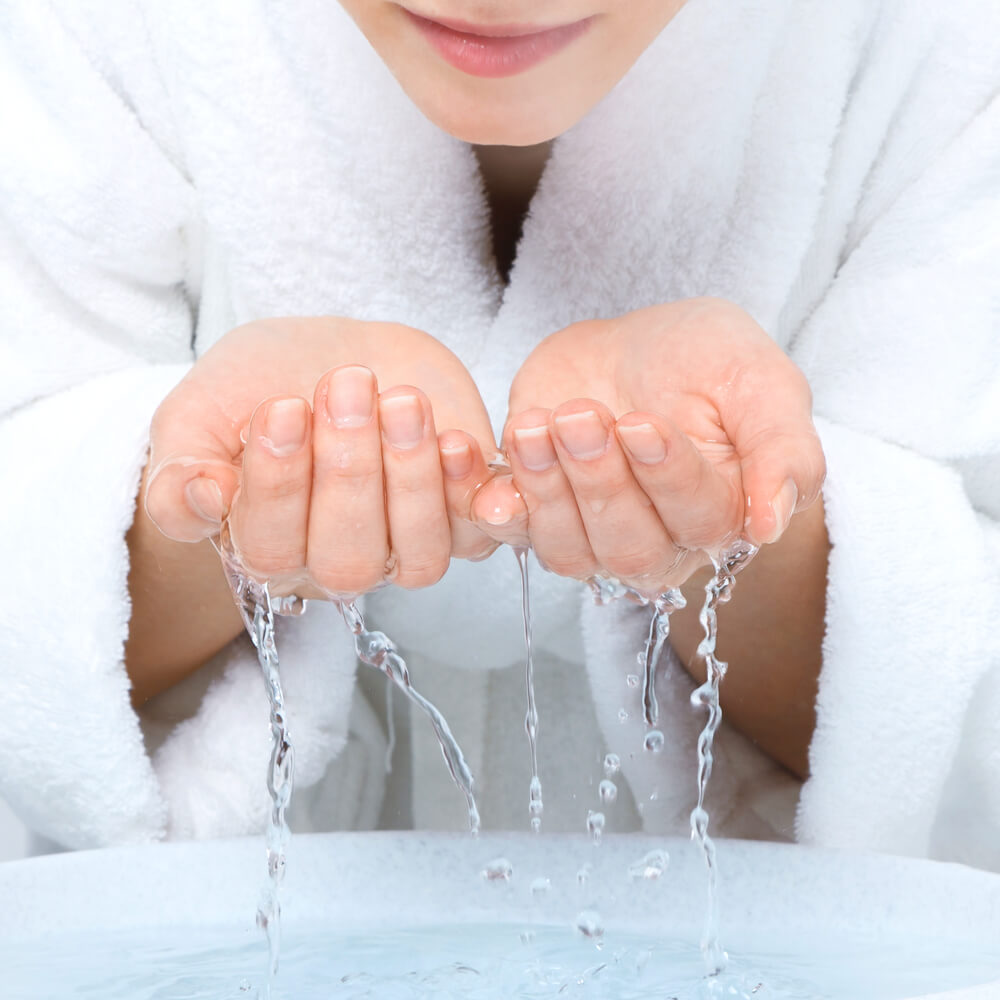Although the US has one of the safest water supplies worldwide, more than 63 million Americans are exposed to unsafe drinking water. Also, approximately 7.2 million Americans are affected by water-borne diseases every year. It is a result of water contamination which remains a concern for many states in the US. As the new year begins, you should, indeed, come up with water solutions to ensure you get a safe, clean water supply for drinking and household use in your home. Do you have some ideas? Well, keep reading to learn new year’s water resolutions you should implement.
Water Tests Indicating a Need for Reverse Osmosis
No matter the source of your water, be it municipal supply or from a well, it is essential to test it annually or regularly. Monitoring water quality is necessary for your health and safety. Testing the water helps determine if the water is safe for human use or not.
Many contaminants can affect your water, such as nitrates, bacteria, iron, lead, magnesium, arsenic, and more. Besides, water can have an odor/smell, making it unsafe for drinking or household use. Testing the water will identify all the contaminants and recommend possible solutions to make it safe for use.
Your local water supplier should test the water annually and provide the results in a water quality report. If you have a well, it is not mandatory to test the water. But that doesn’t mean you should not do it. You should test the water regularly, especially if you have a shallow well. It is advisable to hire specialists to test your well water.
Invest in a Water Filtration System
If your area has contaminated water, invest in a water filtration system that removes contaminants from your drinking water. Thus, investing in a reverse osmosis system is a good option.
How Does the Reverse Osmosis System Work?
The system filters your water, leaving it safe for drinking. Filtering your water is necessary to remove contaminants like chlorine, mercury, copper, pesticides, salts, sand, sediments, and minerals.
Reverse osmosis systems work in four stages: pre-filtration, reverse osmosis, drainage, and storage. Further, filter water to remove impurities like salts, sediments, and other solid particles in the first stage. Then, it goes to the next step, passing through activated carbon filters that trap impurities like chlorine, copper, pesticides, and minerals.
Next, water forces through a semipermeable membrane, where it traps the smallest contaminants, and only water passes through. Lastly, all the impurities are discharged, and clean water flows into the storage tanks.
Get Rid of Unwanted Contaminants and Soften Your Water
After testing your water, professionals find various impurities like arsenic, chromium-6, magnesium, coliform bacteria, lead, nitrates, and hydrogen sulfides. You should find ways you can remove the impurities from your water. Indeed, investing in a reverse osmosis system may not be enough. It is advisable to add a water softener to your system. The appliance removes magnesium, calcium, and minerals that make water hard. Hard water causes buildup in pipes, increased soap use, and depreciation of household appliances.
Having a system that removes most, if not all, contaminants should be your priority in the year. It will also ensure your property gets a consistent, safe water supply for drinking and household use. Alternatively, you can consider hiring a company for magnesium removal, calcium buildup removal, acid correction, nitrate removal, or hard water correction depending on the contaminants in your water.
Learn More About Reverse Osmosis and Other Water Resolutions
To avoid water-borne diseases and losses associated with contaminated water, prioritize a reverse osmosis system and water softener in the year. If you have appliances but are not functioning optimally, plan to repair and maintain them. At Advanced Water Softening, you can get quality appliances, products, and services to create clean, safe, and healthy water. Contact us today for our services or more information.






